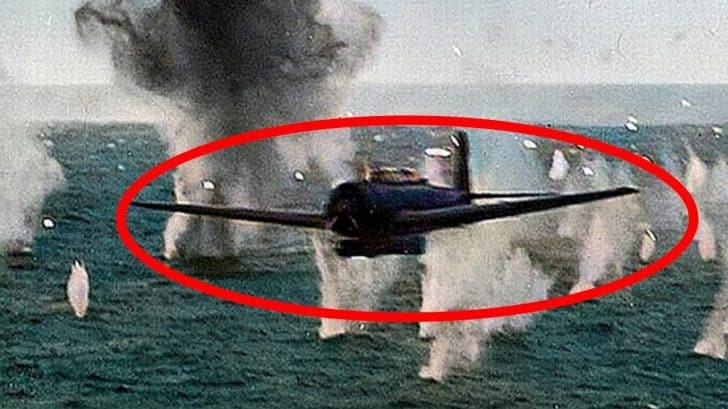In the summer of 1943, Japanese Admiral Kamito Kuroshime proposed the use of “volunteer dive bomber attacks.” The idea was that the pilots would attempt to crash into enemy ships in aircraft loaded with bombs, torpedos, and other explosives. However, Japanese officials would rebuff Kuroshime’s proposal as they had high hopes of winning the war in conventional ways.

Significant Losses
Soon, Japanese losses would continue to mount up as the US and UK continue to win battles left and right. In March 1944, Japanese Prime Minister Hideki Tojo finally gave the order to start preparing Kuroshime’s Tokubetsu Kogekitai – commonly abbreviated as tokko.
To avoid rumors that the Emperor was ordering the suicide attacks, the tokko operation was instead presented as a volunteer endeavor. But when most Japanese officials officially endorsed the kamikaze operations, the next step was recruiting the pilots and crews by the handful.
More To Come
By January of 1945, over 500 kamikaze planes had performed “their duties”, and with the US invasion of the Japanese mainland looming over the horizon, many more were expected to follow suit.
During the last stretches of WWII, the Japanese army relied on any fighter aircraft they could get their hands on – including aging planes re-adapted for kamikaze missions. As a result, many kamikaze crews encountered engine trouble while on the way to their targets. Even those who were able to reach their targets were easily shot down due to the state of their planes.

How To Survive A Kamikaze Attack
Takehiko Ena, a former Economics university student, was sent to join a squadron of kamikazes in Kyushu in the spring of 1945. As part of Operation Kikusui, Ena was tasked to pilot a crew of three aboard an aircraft with a 1,763-lb bomb strapped to its undercarriage. Their mission was to sacrifice their lives while bringing down Allied ship formations in the battle for Okinawa.
Several Failed Attempts
Ena was supposed to take off on April 28 but failed to get airborne due to engine problems. He took off again a few days later, but he and his crew were forced to make an emergency landing at a Japanese army base because of engine difficulties.

Takehiko’s Fate
Two weeks later, on May 11, 1945, Ena went up again for the last time. His third try ended the same way his other tries ended – engine problems. This time, however, the engine problems forced them to dive into the sea. All three of them survived after they swam to a nearby island, living as castaways for almost three months before getting picked up by a Japanese submarine. By the time they were rescued, Imperial Japan was already a defeated nation.
“On the surface, we were doing it for our country. I just wanted to protect the father and mother I loved. And we were all scared.”



